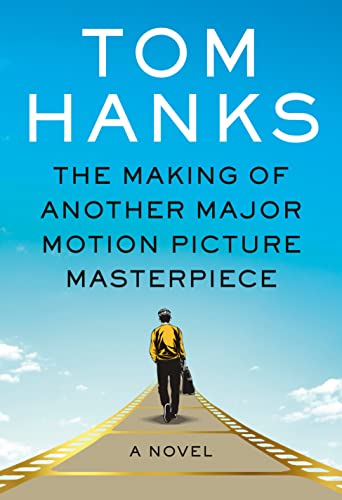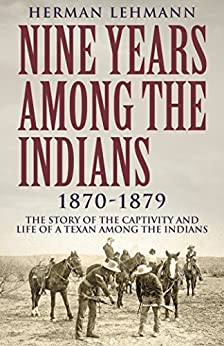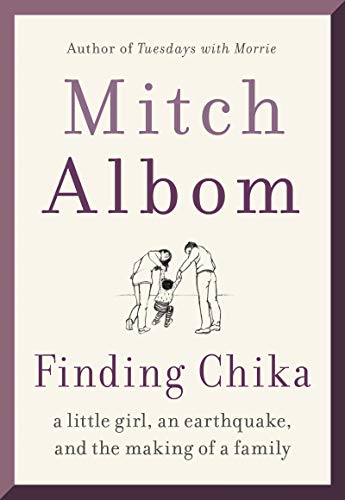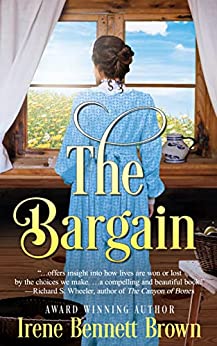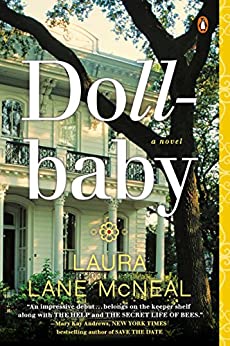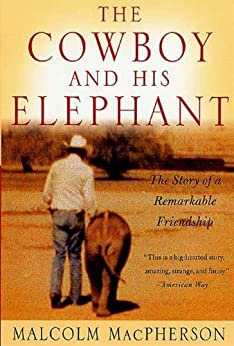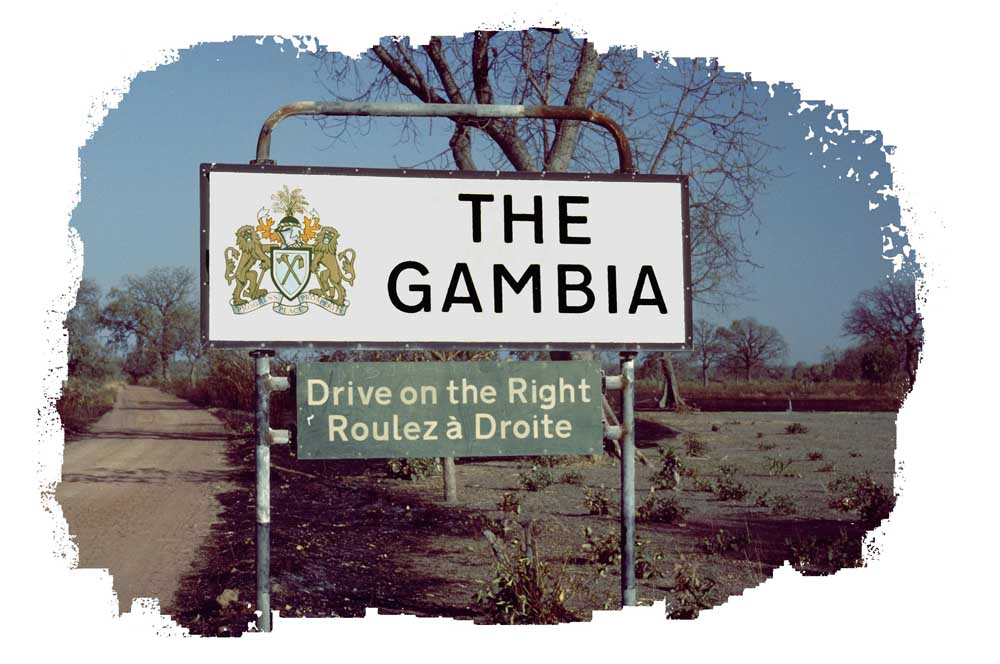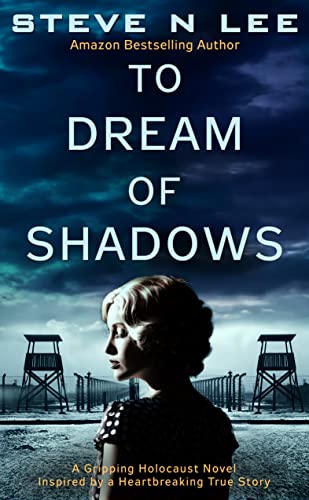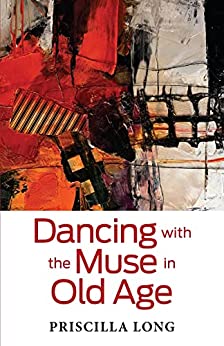Tom Hanks has been a favorite actor of mine for many years. He can do no wrong. Much to my surprise and amazement, he’s also an excellent writer! I loved The Making of Another Major Motion Picture Masterpiece, a novel by Tom Hanks and R. Sikoryak.
The story is told in three parts. Part One takes place in Lone Butte, California, 1947, when five-year old Robby Anderson meets his Uncle Bob for the first time. Bob, a troubled soldier, leaves an indelible impression on the little boy, then disappears from the family for twenty years. Robby constantly draws, and even as a pre-schooler shows real talent.
Part Two takes place in Oakland, 1970. Robby has attended California Institute of the Arts, teaches drawing, painting and ceramics in public schools, and draws underground comic books. He reconnects with his uncle and draws a comic book with his uncle as a World War II fighting hero.
Part Three takes place back in Lone Butte, present day. A commercially successful director discovers the 1970 comic book and turns the story into a contemporary superhero movie. We read the nitty-gritty of movie making, the long hours of waiting for the director’s queues, the massive amount of people and equipment it takes to create a movie. We learn how scenes are set up, most often out-of-order as how they will eventually appear.
At the end of each chapter are interesting footnotes, tidbits relating to the story or clarifying the movie-making process. Within the story are three comic books—created by Tom Hanks—including the comic book that becomes the tie-in to the movie.
I was impressed by this funny, informative, and thought-provoking story. It was fun reading the ins and outs of movie making, things I have often wondered about. For instance: how do they make a scene where three trucks crash? (They get three trucks and crash them.) The logistics of making a movie are staggering and this novel does a good job of describing the process. I think The Making of Another Major Motion Picture Masterpiece would make a good movie. Staring Tom Hanks, of course.


